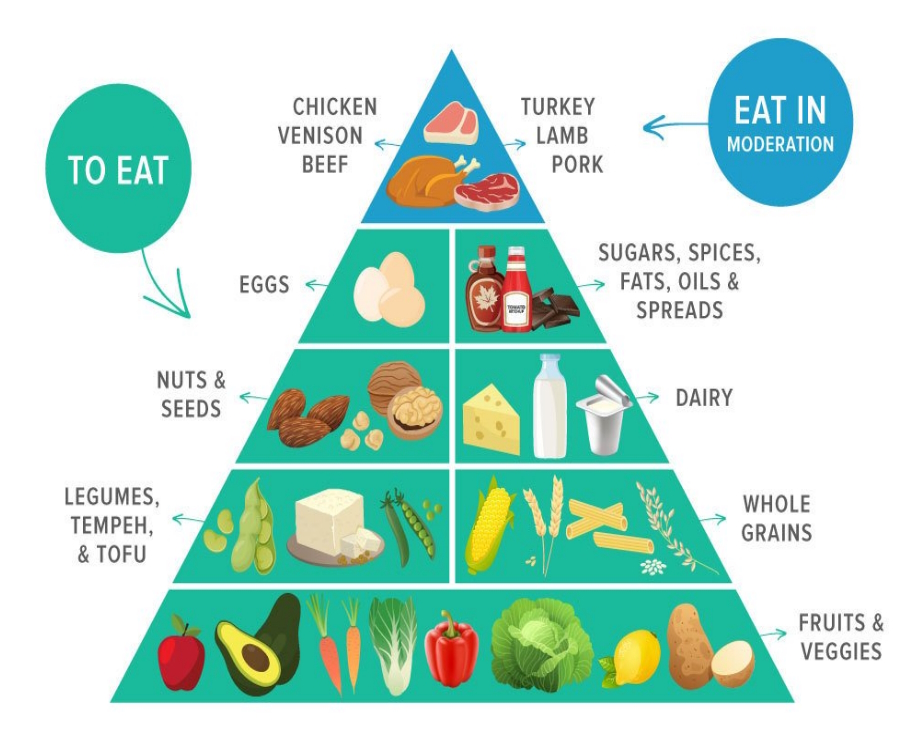Healthy Eating Made Easier with a Flexitarian Diet Plan
- Written by NewsServices.com

A flexitarian meal plan is an eating pattern that combines the benefits of a vegetarian diet with the flexibility of including occasional meat, fish and other animal products in moderation. This type of meal plan has become increasingly popular due to its health benefits, environmental friendliness, cost effectiveness and potential to reduce animal suffering. It can help individuals who want to reduce their intake of animal products while still enjoying some traditional foods. With careful planning, a flexitarian approach can be an easy transition for those just starting out on the path towards plant-based eating or for those looking for variety in their meals.
Benefits of a Flexitarian Meal Plan
Flexitarianism is a dietary lifestyle that focuses on eating mostly vegetarian meals, but allows for occasional meat consumption. This type of meal plan offers many benefits and has become increasingly popular in recent years. For those looking to improve their health, reduce environmental impact, or just add variety to their diet, flexitarianism might be the perfect option.
One of the most notable benefits of a flexitarian meal plan is improved health. Eating mainly plant-based meals can help reduce cholesterol levels and improve heart health. It can also provide important vitamins and minerals such as potassium and magnesium that are often lacking in traditional diets. Furthermore, this way of eating is associated with lower rates of cancer, diabetes, obesity and other chronic diseases.
In addition to its positive effects on human health, a flexitarian diet has significant environmental benefits as well. Plant-based foods require much less land space than animal products do for production; this means fewer resources are used up for food production which helps reduce greenhouse gas emissions produced by agriculture activities like livestock farming. Additionally, since plant-based foods typically require fewer pesticides and fertilizers than animal products do during production stages it further reduces environmental harm caused by agriculture activities taking place all over the world.
Types of Foods Included
When it comes to what types of foods are included in our diets, the answer is quite varied. Depending on where you live, the foods that are available to you can be vastly different from what another culture or region might have access to. However, there are some common foods that many cultures enjoy and include in their diets.
- Grains: Grains such as wheat and rice form the basis of many diets around the world. They provide bulk and carbohydrates for energy and can be used to make breads, pastas, cereals and other dishes.
- Pulses: Pulses such as beans, lentils and split peas are a great source of protein for vegetarians or those who don't eat meat often. Pulses can also be used to make soups, stews or curries.
- Fruits: Fruits are a great way to get vitamins and minerals into your diet without having to rely on processed food sources. Apples, oranges, bananas and grapes all make wonderful snacks or additions to meals throughout the day!
- Vegetables: Vegetables should form an important part of any diet due to their high vitamin content.
Tips for Adopting a Flexitarian Diet
Adopting a flexitarian diet is an excellent way to improve your overall health and well-being, as well as having positive impacts on the environment. A flexitarian diet is a plant-based diet that incorporates occasional servings of animal products such as eggs, dairy, poultry, and fish. Here are some tips for adopting a flexitarian diet.
Start with Small Changes: It can be overwhelming to make drastic changes in your diet overnight. Instead, start by making small adjustments like cutting out one meat-based meal per week and replacing it with plant-based alternatives like beans or tofu. You can slowly transition into eating more vegetarian meals over time until you reach your desired level of flexibility in the diet.
Eat More Plants: Filling half of your plate with fruits, vegetables, whole grains and legumes will ensure that you’re getting all the essential vitamins and minerals needed for optimal health while also reducing your intake of animal proteins. Eating more plants has been linked to reducing inflammation in the body which can help reduce chronic disease risk factors such as high blood pressure and diabetes among others
Find Ways to Add Flavor: Flexitarian diets don’t have to be bland! Try adding spices like garlic powder or turmeric.
Conclusion
Overall, the flexitarian meal plan is a great option for those looking to reduce their meat consumption while still enjoying balanced and nutritious meals. Not only does this plan allow for a wide variety of plant-based foods, but it also allows for occasional meat and animal products. This makes the flexitarian diet highly flexible and customizable, allowing individuals to choose what works best for them. Plus, with so many delicious recipes available online, it doesn't have to be difficult or boring!







